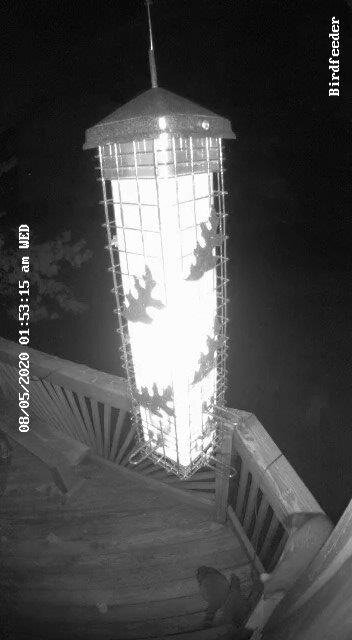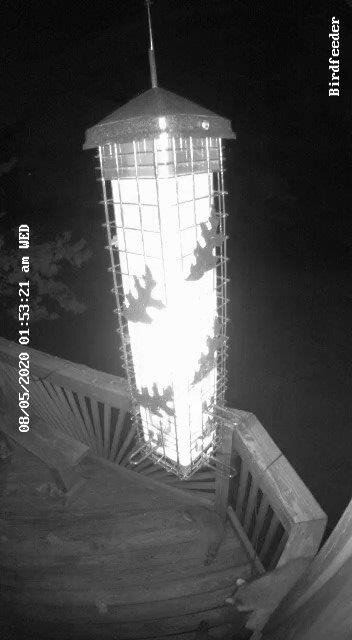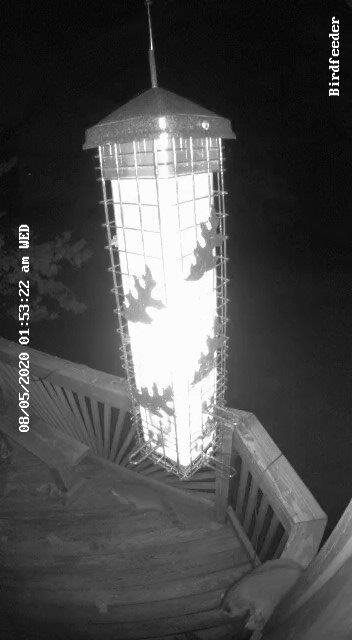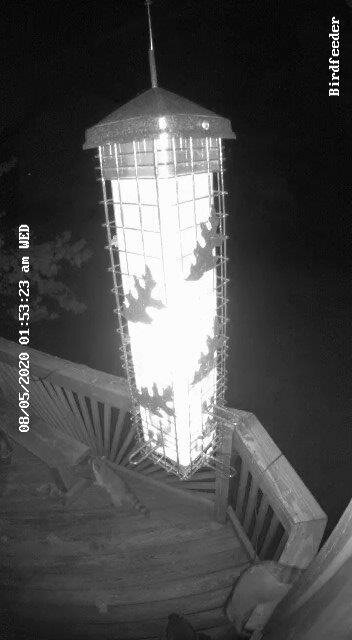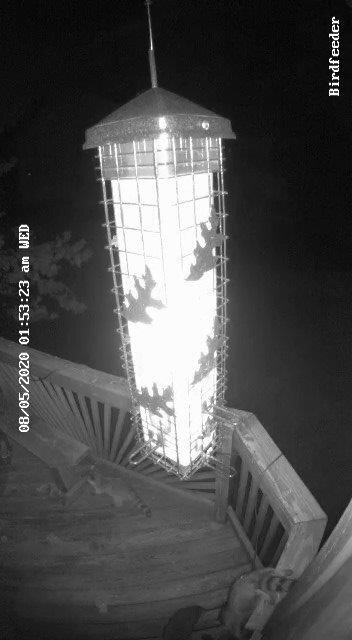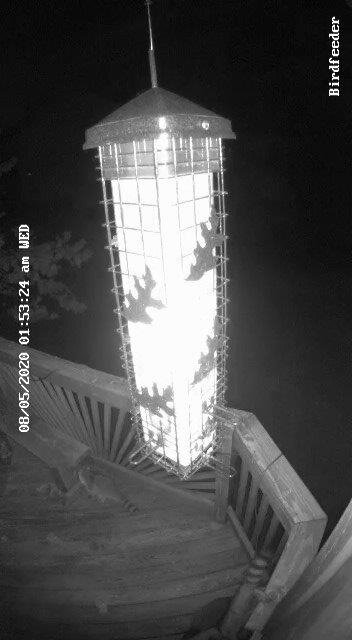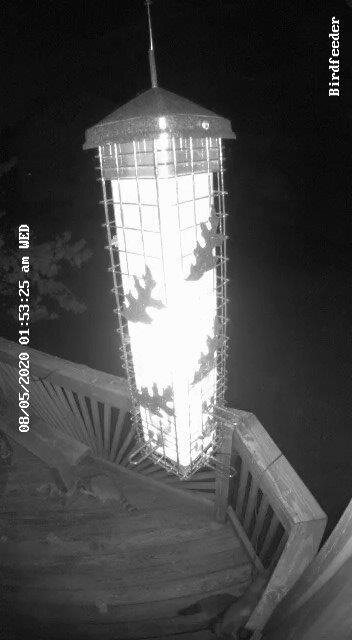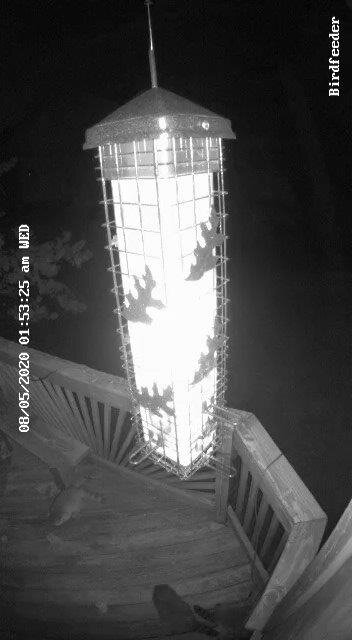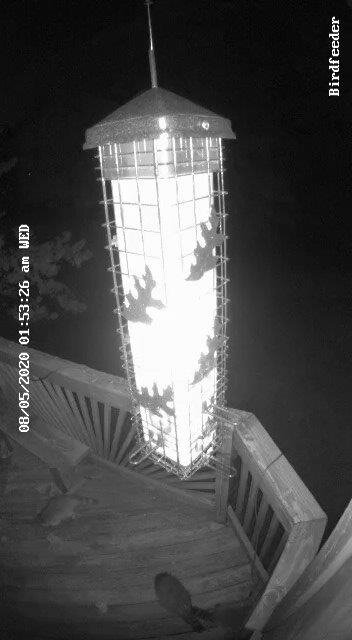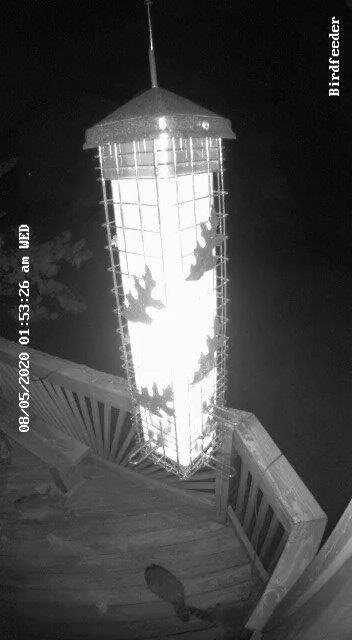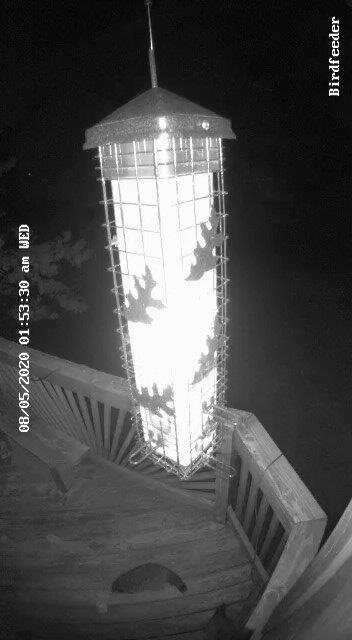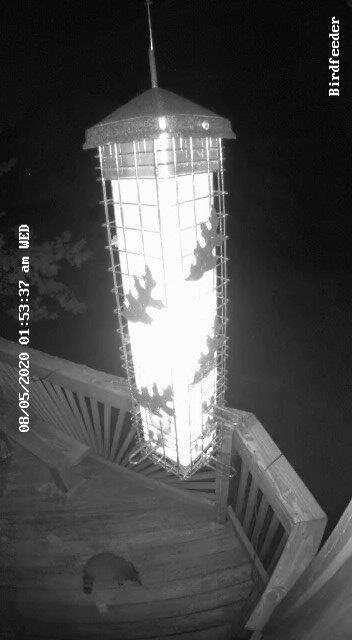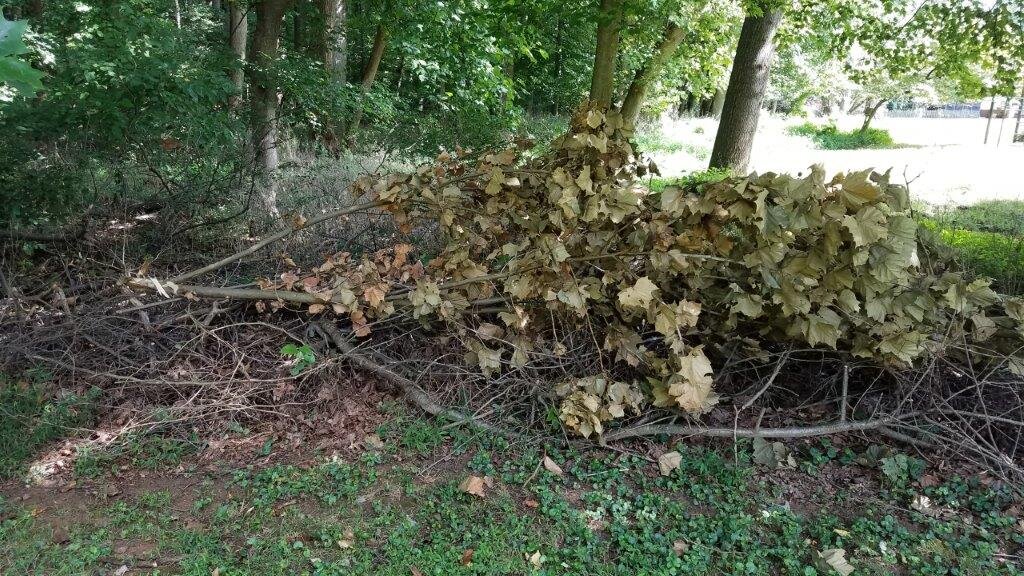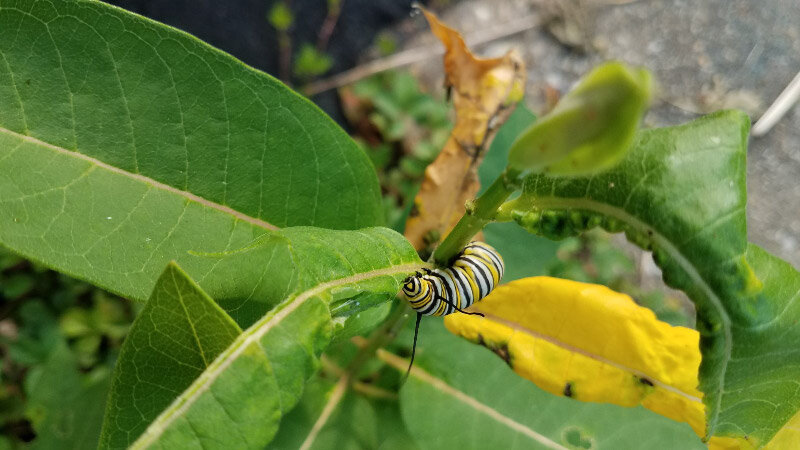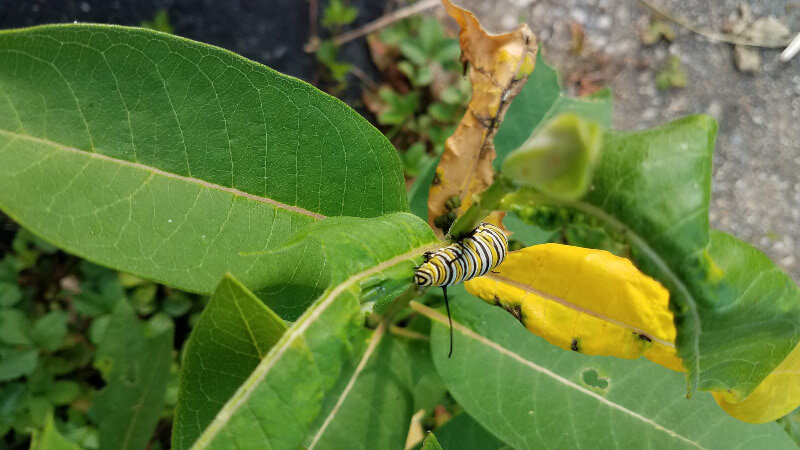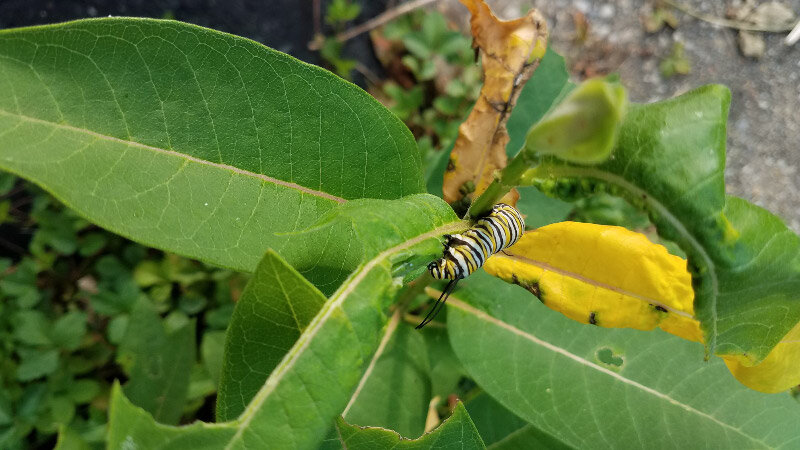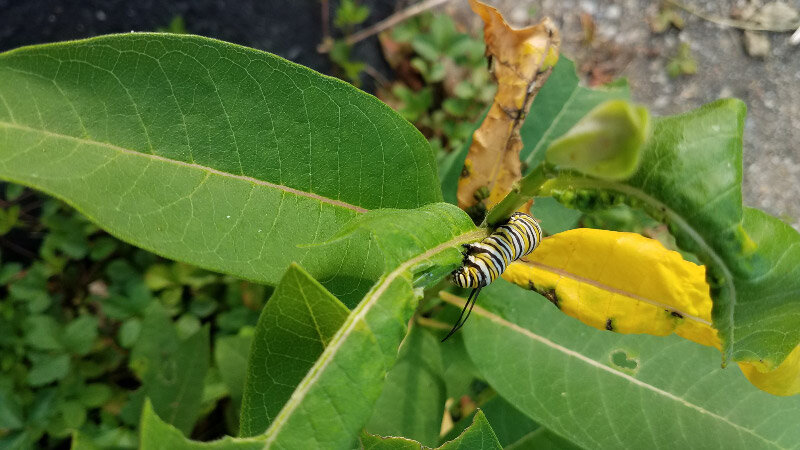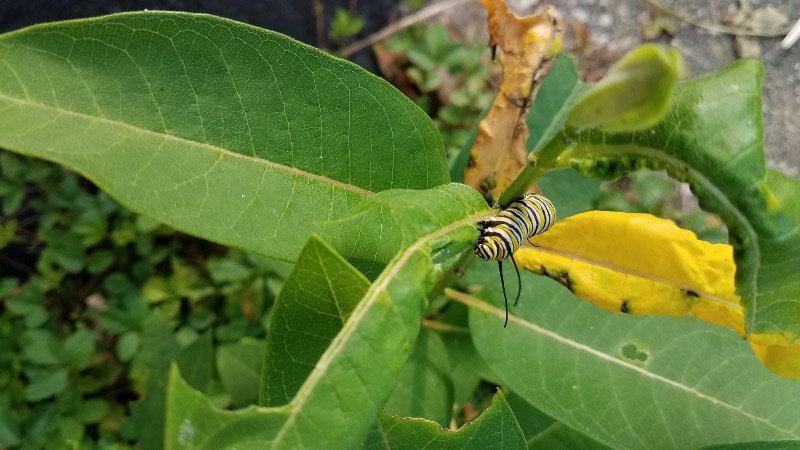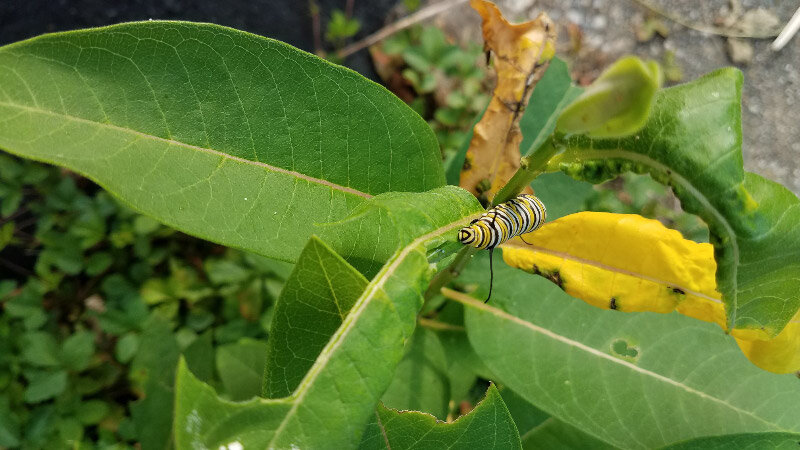Gleanings of the Week Ending September 13, 2025
/The items below were ‘the cream’ of the articles and websites I found this past week. Click on the light green text to look at the article.
Can Italy Protect Its Cultural Heritage from Naughty Tourists? - Each summer, as millions of tourists swarm into historic towns full of monuments and museums, a predictable kind of headline is sure to follow about badly behaved tourists putting cultural heritage at risk.
Bans on highly toxic pesticides could be a simple way to save lives from suicide - Pesticide poisoning is a common method of suicide in many low- to middle-income countries. Substituting highly toxic pesticides for less fatal ones can save lives. A cast study from Sri Lanka.
Federal Hurricane Forecasting Saves Lives & Money - A 5-day forecast in 2025 is roughly equivalent to a 2-day forecast in 2005, meaning lead times and path estimates have significantly improved, to the tune of 50% in the past 20 years. This helps save lives and has also led to an estimated 2 billion dollars in savings per storm. NOAA’s research arm, the Office of Oceanic and Atmospheric Research (OAR), houses not only the laboratories that help improve predictions, but much of the monitoring and observation infrastructure — like ocean buoys and gliders — that feed real time data into hurricane models, improving their accuracy and saving lives. The U.S. fully relies upon NOAA for our hurricane forecasts, including sea level rise and flooding. There is no other body ready or funded to pick up that work. The President’s budget proposed completely eliminating the research arm of NOAA.
Bison Benefits - A new study out this past week explains why bison are more beneficial for grasslands than traditional livestock, and the benefits increase as herd size does. A podcast from National Parks Traveler.
4 Reasons to Choose Plastic Free, All Natural Fibers Over Synthetic Fibers - Manufacturers give our fabrics trade names, so even when we look at the fiber content label inside our clothing, it isn’t clear that it is made from plastic. Buying clothing that is made from natural fibers is the fastest and safest way to save our planet.
An Explosive Beginning for Lake Bosumtwi - Bosumtwi’s exotic geology has drawn attention to the crater for economic reasons as well. When the asteroid struck, the shockwave fractured the crust around the crater, creating an extensive network of faults and cracks that allowed hot fluids to circulate. The event helped concentrate gold and other minerals from a gold-bearing rock layer called the Birimian Supergroup near the surface and primed the area around the crater to become a target of small-scale gold mining.
Common painkillers like Advil and Tylenol supercharge antibiotic resistance - Researchers discovered that these drugs not only fuel bacterial resistance on their own but make it far worse when combined with antibiotics. The findings are especially troubling for aged care settings, where residents commonly take multiple medications, creating perfect conditions for resistant bacteria to thrive.
See the Rare ‘Electric Blue’ Lobster Found Off the Coast of Massachusetts – A video showing a vibrantly colored shell that results from a genetic mutation affecting pigmentation.
New Jersey Cats Caught on Camera – Bobcats caught on camera traps…and other animals in the wilds of New Jersey.
Traveling Photographer Spends 17 Years (And Counting) Documenting Indigenous Cultures – Faces and clothes from around the world.
The surprising foods that lead to better sleep - It seems that a plant-rich diet is the most beneficial for sleep, for numerous reasons – and that eating at consistent times throughout the day – for those who can – may also help.


